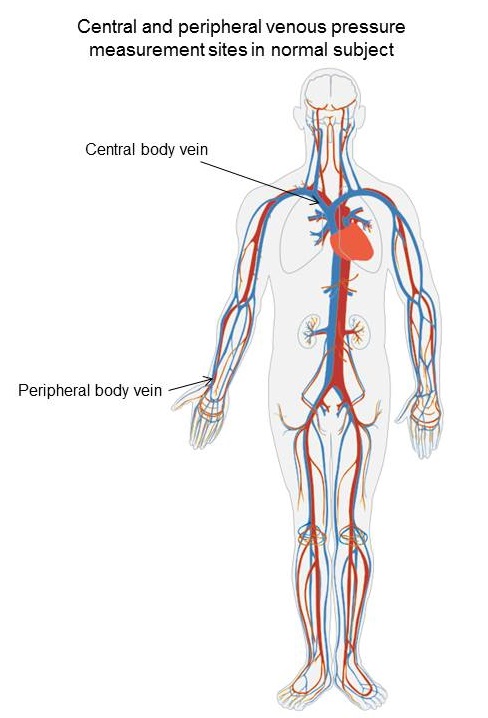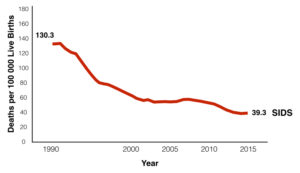The Fontan operation represents a milestone in the treatment of children born with hearts with a functionally single pumping chamber. Unfortunately the durability of the Fontan operation is limited, primarily as a consequence of the increased pressure in the general venous circulation. As such measurement of central venous and Fontan pressures is very important to assess the correct ongoing functioning of the circulation. The measurement of central haemodynamics requires puncture of large veins (in the groin or in the neck) and introduction of long rigid catheters inside the body with a low but not absent risks (bleeding, infection, and clot formation) and often also requires a general anaesthetic in childhood. Peripheral vein pressure measurement instead is much less intrusive (see figure). Discussions have taken place on whether it would be possible to reliably derive a measure of the central venous pressure from a measurement made from the peripheral veins in the arms.
Novel research shows that central haemodynamics (the central venous pressure) can be reliably and noninvasively estimated in children and young adults with Fontan operation from peripheral venous pressure measurements (http://www.jtcvsonline.org/article/S0022-5223(16)31800-1/pdf). The researchers observed a very close relationship between peripheral and central venous pressures (R=0.86, p<0.0001) and they also found that the formula that predicted central venous pressure best was: central venous pressure = 1.6 + 0.68*peripheral venous pressure.
This is a novel and important finding as the measurement of peripheral venous pressure is much less invasive than measurement of central venous pressure and can also be repeated more easily at the bedside or even in the outpatient setting. This could create a significant role for this new technique to assess Fontan failure progression.





